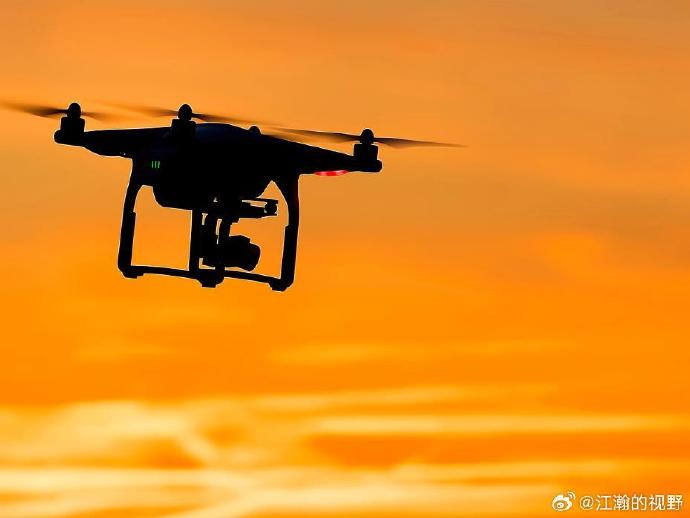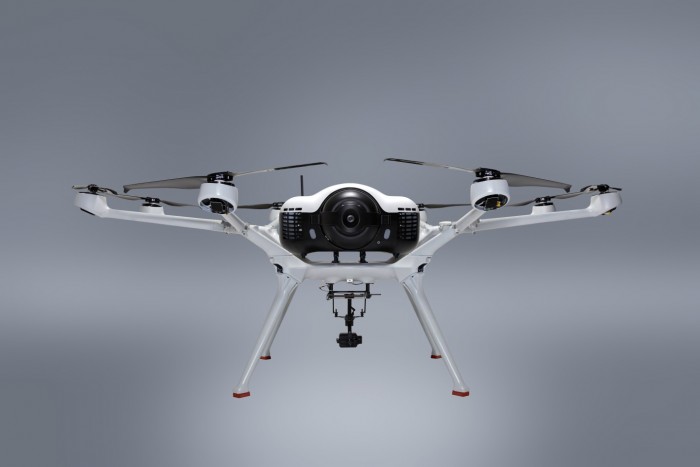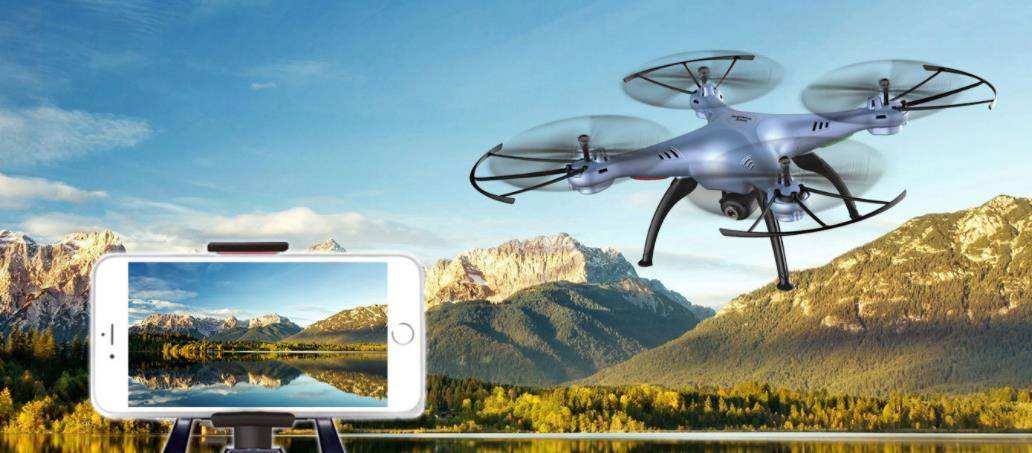“
In today’s rapidly evolving technological landscape, drone mapping has emerged as a transformative tool in land surveying, offering unprecedented accuracy and efficiency. With the integration of advanced aerodynamics and high-resolution cameras, drones provide a dynamic method to collect geographical data. This innovative approach is not only reshaping survey practices but also broadening horizons in related fields like agriculture, construction, and environmental management.

Drone mapping employs unmanned aerial vehicles (UAVs) to capture detailed topographical images from aerial perspectives. These images are processed using sophisticated software to create interactive maps that professionals can analyze comprehensively. Utilizing LiDAR technology, these drones penetrate vegetative cover, obtain precise elevation data, and enable the mapping of even the most challenging terrains. The precision achieved through LiDAR means fewer errors and reduced time compared to traditional methods.

Moreover, the integration of AI algorithms enhances the capability of drones in identifying and distinguishing various land features. This not only boosts the productivity of surveys but also decreases the margin for human error. As a result, project timelines are shortened, yielding faster results and cost-effective solutions.
Applications Beyond Surveying
The scope of drone mapping transcends beyond conventional land surveying. In agriculture, these aerial vehicles monitor crop health and map field sizes, optimizing the use of resources. They provide invaluable data that helps in detecting pest infestations and tracking plant disease outbreaks, thus playing a crucial role in sustainable farming practices.
In construction, drones offer real-time 3D models of the site, aiding in progress tracking and keeping projects on schedule. By providing precise measurements and detailed imagery, they ensure better planning and risk management. Environmental agencies use drone mapping to study landscapes, wildlife habitats, and ecosystem changes, aiding in conservation efforts and policy-making.
Challenges and Innovations
Despite its advantages, drone mapping faces challenges such as regulatory constraints and privacy concerns. Regulatory bodies impose restrictions on how and where drones can operate, necessitating compliance and adaptation to legal frameworks. Furthermore, to address privacy issues, it is pivotal to establish ethical guidelines and transparency in data usage.
Innovations in drone battery life, flight stability, and automated navigation continue to enhance drone mapping capabilities, promising longer flight times and increased data gathering efficiency. Developers are progressively working towards miniaturization, creating compact drones that can maneuver through intricate environments with ease.
Common Questions About Drone Mapping
What are the benefits of drone mapping in surveying?
Drone mapping offers high precision, reduced operational time, and cost-efficiency. It enables surveyors to access hard-to-reach areas, thereby improving data accuracy.

How does drone mapping impact the environment?
Drone mapping is environmentally friendly as it relies on UAVs instead of traditional surveying vehicles, reducing carbon footprint and minimizing ground disturbance.
Are there limitations to drone mapping?
Limitations include regulatory restrictions, weather dependencies, and privacy concerns. Addressing these requires careful planning and adherence to guidelines.
Overall, drone mapping represents an exciting frontier in land surveying, promising innovations that make processes more efficient while exploring new applications across various sectors, solidifying its role as a game-changer in the industry.”
